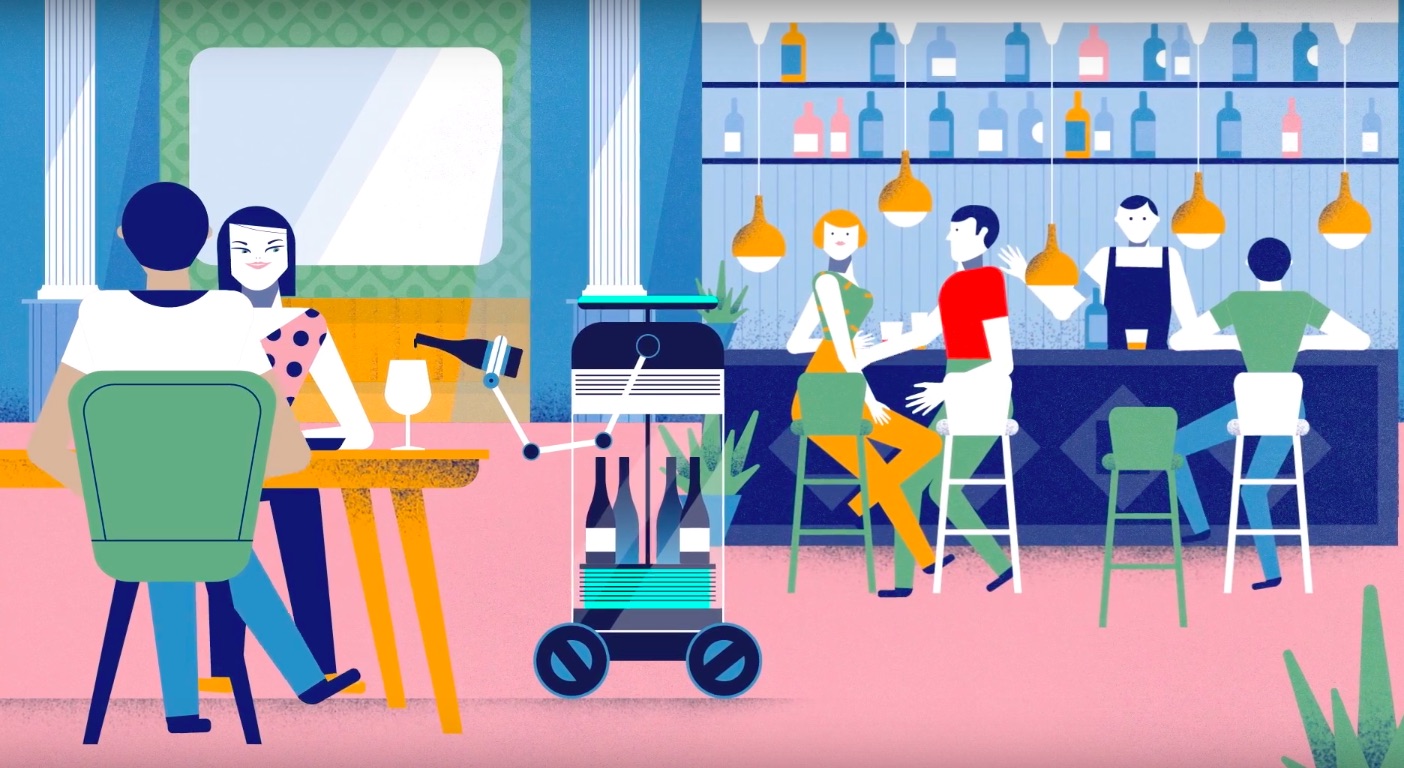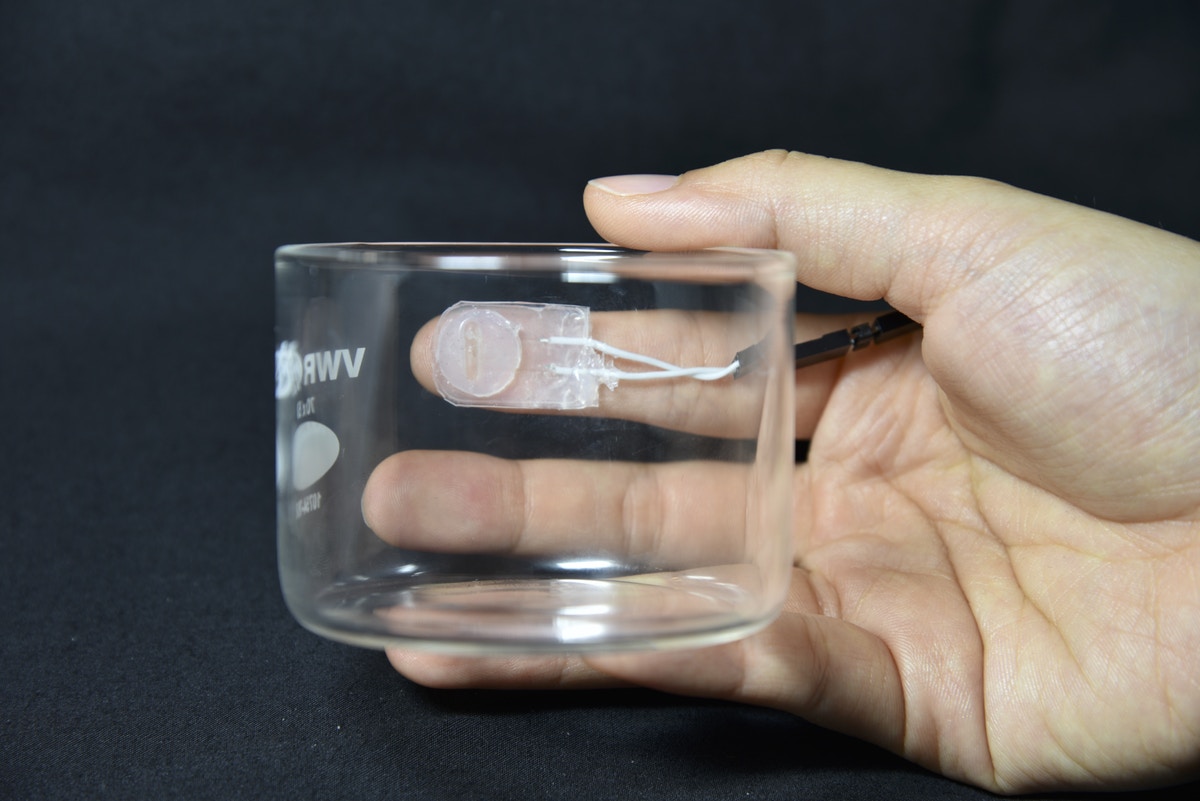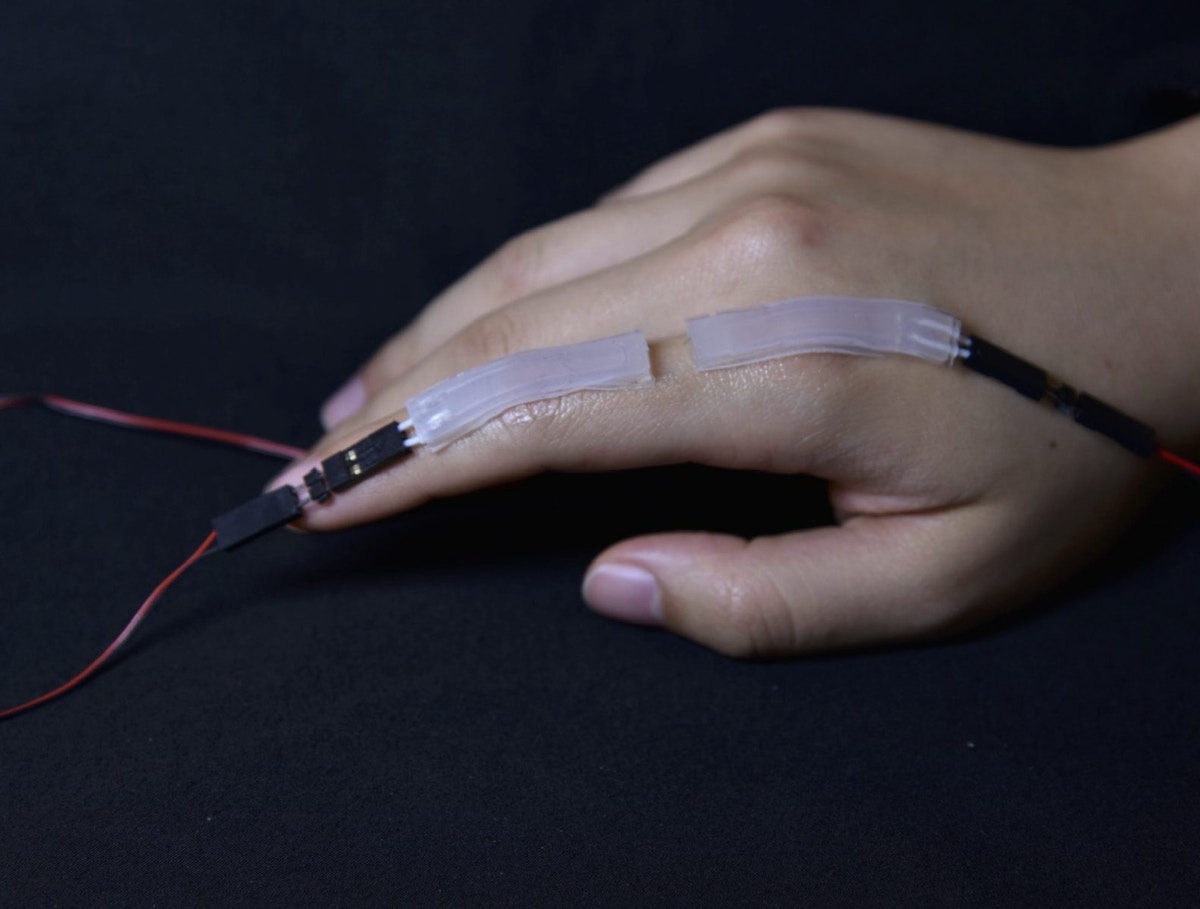Algorithm gives robots an instinctive understanding of how to use tools
CES 2019 Proves AI and 5G Will Transform the Future
Trust Region and Proximal policy optimization (TRPO and PPO)
Advancements in Robotics: Predictions for 2019
Kindred Hospital Rehabilitation Services Purchasing Robots for Stroke Therapy
Velodyne Lidar Discusses the Future of Self-Driving Cars with Next-Generation Engineers
Autonomous robot that interacts with humans using natural language and vision processing
#277: Presented work at IROS 2018 (Part 3 of 3), with Pauline Pounds, Philippe Morere and Yujung Liu

In this episode, Audrow Nash interviews Pauline Pound, Philippe Morere, and Yujung Liu about the work they presented at the 2018 International Conference on Intelligent Robots and Systems (IROS) in Madrid, Spain.
Pauline Pounds, Associate Professor at the University of Queensland, speaks about building robots that can endure children. She discusses the tradeoffs of designing a robot that can survive children and cannot harm the children. Pounds talks about how the robot has performed with children so far, the hardware design, and her future direction with this work.
Philippe Morere, a PhD student at University of Sydney, speaks about reinforcement learning in partially observable environments. Morere discusses the intuition behind this work and the problems that he solved using this approach.
Yujung Liu, a master’s student from the National Taiwan University, speaks about a painting robot. He discusses how the portrait is constructed, including how colors are chosen, how the features are made cartoon-like, and his future direction.
Links
- Download mp3 (11.3 MB)
- Subscribe to Robots using iTunes
- Subscribe to Robots using RSS
- Support us on Patreon
Hundreds of Tiny Robots Grow Bio-inspired Shapes
Robot Sensor Market Outlook
How Utilities can use Drones in Planning a Resilient Power Supply
OMRON Showcases The Harmony Between Humans And Machines With The Largest, Most Advanced Interactive Exhibit Of AI, Robotics & Automation At CES 2019
Breadmaking robot startup eyes fresh connections
A safe, wearable soft sensor

By Leah Burrows
Children born prematurely often develop neuromotor and cognitive developmental disabilities. The best way to reduce the impacts of those disabilities is to catch them early through a series of cognitive and motor tests. But accurately measuring and recording the motor functions of small children is tricky. As any parent will tell you, toddlers tend to dislike wearing bulky devices on their hands and have a predilection for ingesting things they shouldn’t.
Harvard University researchers have developed a soft, non-toxic wearable sensor that unobtrusively attaches to the hand and measures the force of a grasp and the motion of the hand and fingers.
The research was published in Advanced Functional Materials and is a collaboration between the Wyss Institute for Biologically Inspired Engineering, The Harvard John A. Paulson School of Engineering and Applied Sciences (SEAS), Beth Israel Deaconess Medical Center, and Boston Children’s Hospital.
One novel element of the sensor is a non-toxic, highly conductive liquid solution.
“We have developed a new type of conductive liquid that is no more dangerous than a small drop of salt water,” said Siyi Xu, a graduate student at SEAS and first author of the paper. “It is four times more conductive than previous biocompatible solutions, leading to cleaner, less noisy data.”
The sensing solution is made from potassium iodide, which is a common dietary supplement, and glycerol, which is a common food additive. After a short mixing period, the glycerol breaks the crystal structure of potassium iodide and forms potassium cations (K+) and iodide ions (I-), making the liquid conductive. Because glycerol has a lower evaporation rate than water, and the potassium iodide is highly soluble, the liquid is both stable across a range of temperatures and humidity levels, and highly conductive.
“Previous biocompatible soft sensors have been made using sodium chloride-glycerol solutions but these solutions have low conductivities, which makes the sensor data very noisy, and it also takes about 10 hours to prepare,” said Xu. “We’ve shortened that down to about 20 minutes and get very clean data.”

Safe, soft sensors on the top and tip of the index finger detect the movements, strain and force of the finger while performing different activities, such as flexing and extending the finger and picking up weights and boxes. Credit: Harvard SEAS
The design of the sensors also takes the need of children into account. Rather than a bulky glove, the silicon-rubber sensor sits on top of the finger and on the finger pad.
“We often see that children who are born early or who have been diagnosed with early developmental disorders have highly sensitive skin,” said Eugene Goldfield, Ph.D., coauthor of the study, and Associate Faculty Member of the Wyss Institute at Harvard University and an Associate Professor in the Program in Behavioral Sciences at Boston Children’s Hospital and Harvard Medical School. “By sticking to the top of the finger, this device gives accurate information while getting around the sensitively of the child’s hand.”
Goldfield is the Principal investigator of the Flexible Electronics for Toddlers project at the Wyss Institute, which designs modular robotic systems for toddlers born prematurely and at risk for cerebral palsy.
Goldfield and his colleagues currently study motor function using the Motion Capture Lab at SEAS and Wyss. While motion capture can tell a lot about movement, it cannot measure force, which it critical to diagnosing neuromotor and cognitive developmental disabilities.
“Early diagnosis is the name of the game when it comes to treating these developmental disabilities and this wearable sensor can give us a lot of advantages not currently available,” said Goldfield.
This paper only tested the device on adult hands. Next, the researchers plan to scale down the device and test it on the hands of children.
“The ability to quantify complex human motions gives us an unprecedented diagnostic tool,” says senior author Robert Wood, Ph.D., Founding Core Faculty Member of the Wyss Institute and the Charles River Professor of Engineering and Applied Sciences at SEAS. “The focus on the development of motor skills in toddlers presents unique challenges for how to integrate many sensors into a small, lightweight, and unobtrusive wearable device. These new sensors solve these challenges – and if we can create wearable sensors for such a demanding task, we believe that this will also open up applications in diagnostics, therapeutics, human-computer interfaces, and virtual reality.”
This research was also authored by SEAS researcher Daniel M. Vogt; Wyss Institute researchers Wen-Hao Hsu, John Osborne, Timothy Walsh, Jonathan R. Foster, Sarah K. Sullivan, and Andreas Rousing; and Beth Israel Deaconess Medical Center researcher Vincent C. Smith. It was supported by the National Institutes of Health.
PUBLICATION – Advanced Functional Materials : Biocompatible Soft Fluidic Strain and Force Sensors for Wearable Devices
WYSS TECHNOLOGY – “Flexi-mitts”for tracking neurodevelopment in very low birth weight premature infants